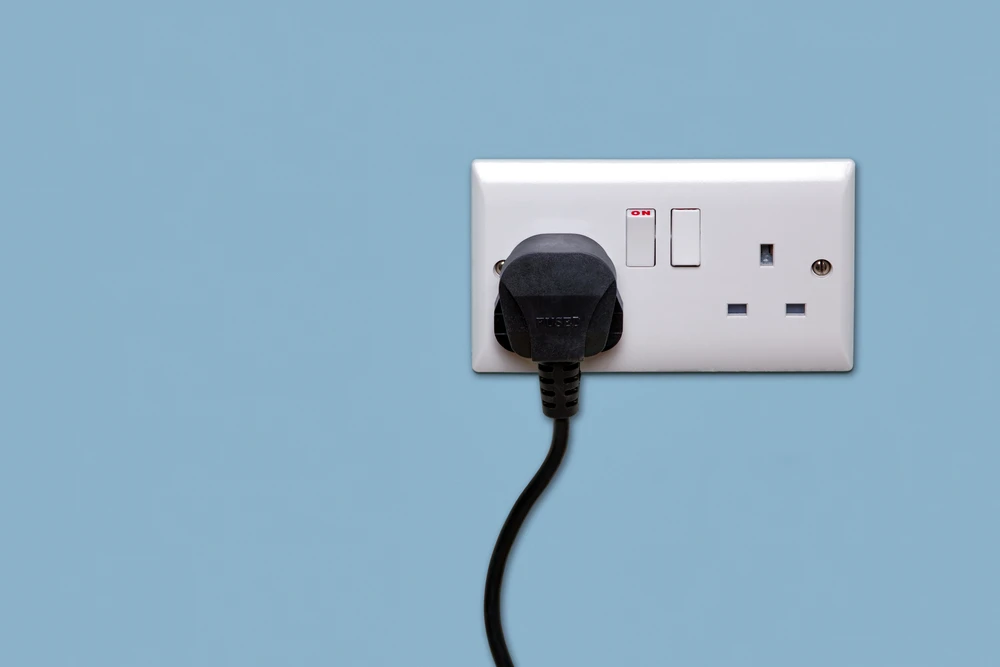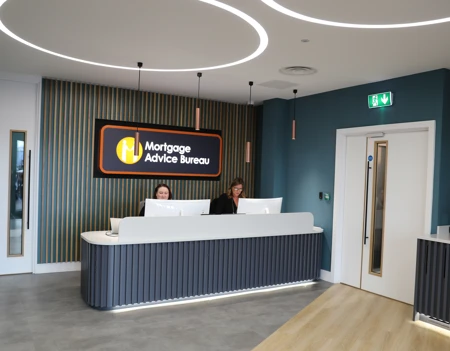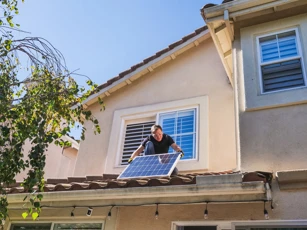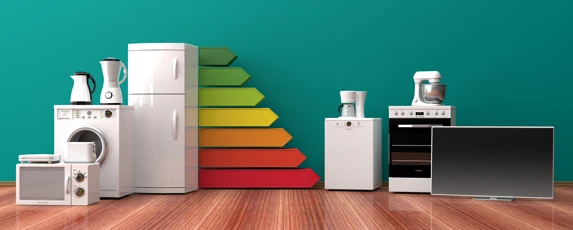Rising energy costs pose a significant challenge for commercial property owners and managers. Beyond financial strain, dwindling resources and growing environmental concerns demand an immediate response. Implementing smart energy saving strategies can significantly reduce your carbon footprint, while generating substantial cost savings. Let’s take a look at how you can go about this:
Lighting the way to savings
Replace traditional incandescent and fluorescent bulbs with energy efficient LEDs. They offer 75% lower energy consumption and significantly longer lifespans, minimising maintenance costs.
Upgrade to double or triple glazing (if the windows in your property aren’t already).
Maximise natural light through the strategic placement of your windows during the build stage. Utilise skylights if feasible, and consider installing reflective materials to further brighten internal spaces.
Employ motion sensors and occupancy-based lighting controls to illuminate areas only when they’re occupied. Programming timers for automatic shutdown ensures no lights are left on needlessly.
Heating and cooling wisely
- Divide your property into zones and adjust temperatures based on room usage. Optimise comfort while avoiding unnecessary heating or cooling in unoccupied areas.
- Seal air leaks around windows, doors, and ductwork to prevent drafts and heat loss. Optimise insulation levels to maintain comfortable temperatures without overexerting your heating system. Draught excluders can also be a quick and cheap solution.
- Invest in programmable or smart thermostats. These devices adjust temperatures automatically based on occupancy and schedules, ensuring you're not heating an empty building. Consider energy saving features such as weather compensation, which adapts to the outside temperature for optimal efficiency.

Plug it in, then power down
Many electronics continue to consume energy even when switched off. Implement power strips with on/off switches to eliminate energy waste and save on standby costs.
Replacing outdated equipment with certified models can dramatically reduce energy consumption. Look for features like auto-sleep modes and variable speed settings. Some come with efficiency ratings that indicate the level of energy consumption compared to other devices in the same category.
Encourage employees to use sleep functions on computers and monitors when inactive. Implement cloud-based solutions to reduce local server energy needs.
Beyond the basics
Install low-flow faucets and toilets, fix leaky fixtures promptly, and implement water-efficient landscaping practices to minimise water usage and associated energy costs.
Explore the feasibility of installing solar panels, wind turbines, or geothermal systems to harness renewable energy sources and further reduce your carbon footprint.
Foster a culture of energy awareness by educating employees about conservation practices and encouraging responsible energy use. Regular audits and incentive programs can further enhance results.
Start your sustainability journey today - why not partner with energy efficiency experts and sustainability consultants to create a customised plan for your property?
By adopting these strategies, you're not just saving money. You're actively fighting climate change, conserving the planet’s precious resources, and paving the way for a more sustainable future. Every watt saved, and every drop conserved, makes a difference. You’ll reap the rewards of reduced costs, enhanced brand reputation, and a cleaner planet for generations to come.
If you’re looking to learn more about sustainability and how it can help your business, give our article on the four principles of sustainability a read!
Important information
Your home may be repossessed if you do not keep up repayments on your mortgage.
There may be a fee for mortgage advice. The actual amount you pay will depend on your circumstances. The fee is up to 1% but a typical fee is 0.3% of the amount borrowed.




